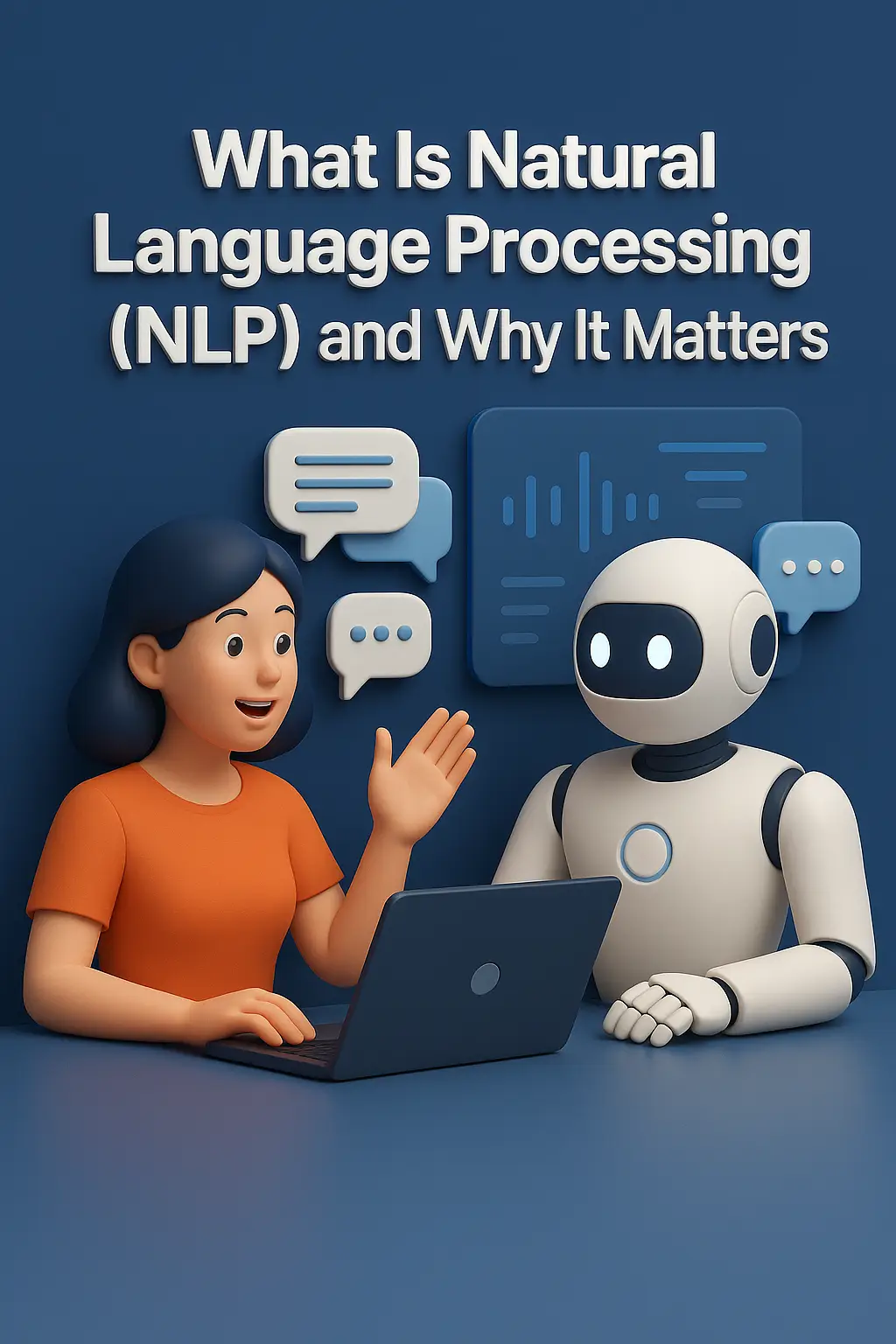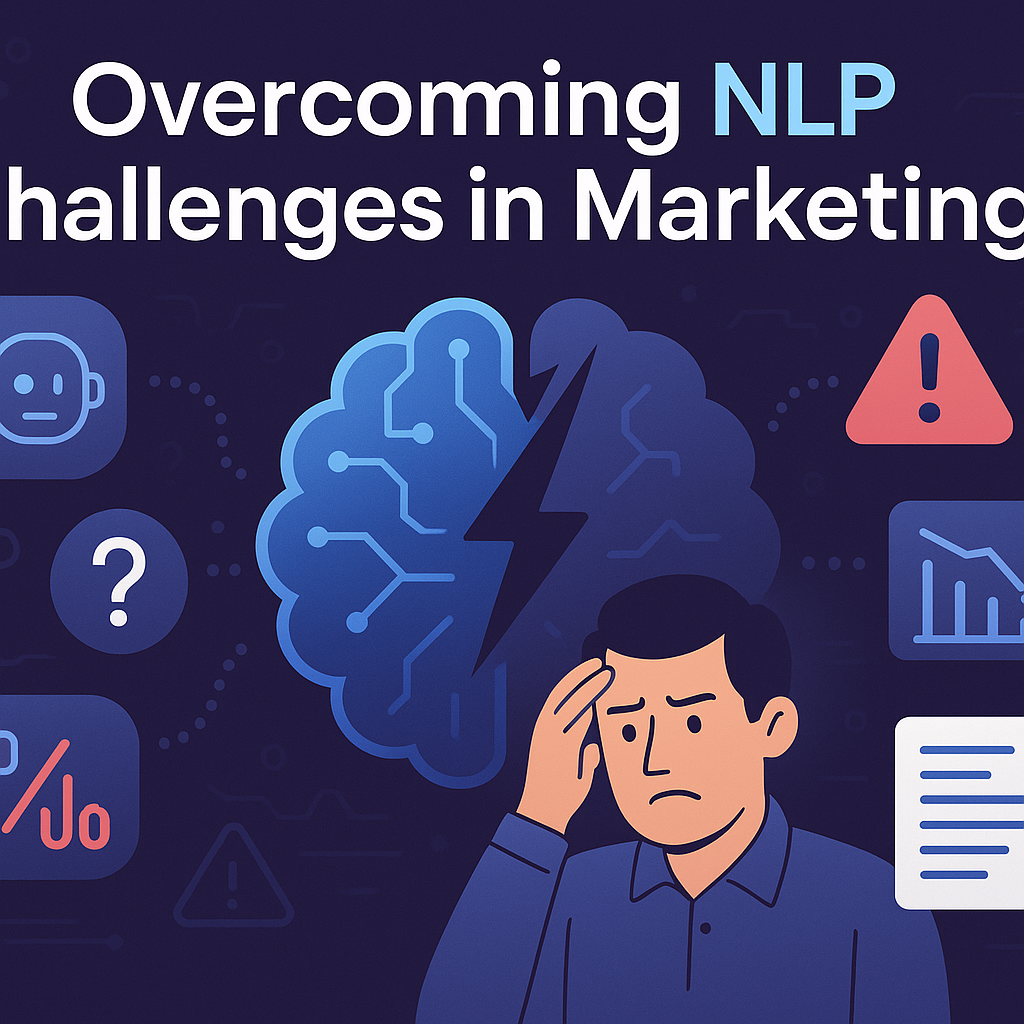Introduction
Natural Language Processing (NLP) is a subfield of Artificial Intelligence (AI) focused on the interaction between computers and human (natural) languages. By applying mathematical models like the Bag-of-Words or TF-IDF, machines can interpret the structure and meaning of language data.
Example: The term frequency-inverse document frequency (TF-IDF) is calculated as:
\\[ \\text{TF-IDF}(t,d) = tf(t,d) \\times \\log\\left(\\frac{N}{df(t)}\\right) \\]
Explore our Text Mining in Marketing for more on applying these models in real-world business.
Enhancing Human-Computer Interaction
NLP powers systems like Siri and Alexa by parsing spoken input into machine-readable data. This is based on Hidden Markov Models (HMMs) and probabilistic grammar.
Example: For predicting the most probable state sequence \\( S \\) given observation \\( O \\), use:
\\[ P(S|O) = \\frac{P(O|S) \\cdot P(S)}{P(O)} \\]
Real-world application: Alexa's voice interaction model is a prime example of NLP in action.
Explore our voice assistant integration for eCommerce.
Driving Business Intelligence
Businesses use NLP to derive insights from reviews and feedback using sentiment analysis. Techniques such as Naive Bayes Classifiers or Support Vector Machines (SVM) help categorize text sentiment.
Example: For binary classification:
\\[ P(positive|text) = \\frac{P(text|positive) \\cdot P(positive)}{P(text)} \\]
For implementation, refer to Scikit-learn’s Naive Bayes documentation.
Read how we applied NLP for sentiment analysis in marketing.
Advancing Healthcare
NLP is transforming healthcare by mining patient records for trends and diagnoses. Named Entity Recognition (NER) helps identify drugs, symptoms, and procedures in unstructured text.
Example: The frequency of a term in clinical text \\( tf_i \\) can be normalized as:
\\[ \\hat{tf}_i = \\frac{tf_i}{\\sum_{j=1}^{n} tf_j} \\]
Case study: See how NLP is used in clinical data processing.
Also check our AI-powered healthcare reporting solutions.
Challenges in NLP
Understanding sarcasm, irony, and idioms remains a key challenge. Word embeddings like Word2Vec map words into vector space, capturing semantic similarity.
Example: Cosine similarity between word vectors \\( A \\) and \\( B \\):
\\[ \\cos(\\theta) = \\frac{A \\cdot B}{\\|A\\|\\|B\\|} \\]
Deep dive: Read TensorFlow’s word embedding tutorial.
Or visit our insights on building sarcasm detection models.
The Future of NLP
With the rise of transformer models like BERT and GPT, NLP is entering a new era of context-aware understanding. These models use attention mechanisms to weigh input tokens.
Example: Attention weight \\( \\alpha_{ij} \\) calculation:
\\[ \\alpha_{ij} = \\frac{\\exp(e_{ij})}{\\sum_k \\exp(e_{ik})} \\]
Reference paper: "Attention Is All You Need" on arXiv.
Visit our project summary: Future of NLP with Transformers.
Conclusion and Next Steps
NLP is reshaping industries, from customer support to healthcare. By mastering key techniques and understanding underlying math, individuals and businesses can stay competitive in an AI-driven world.








